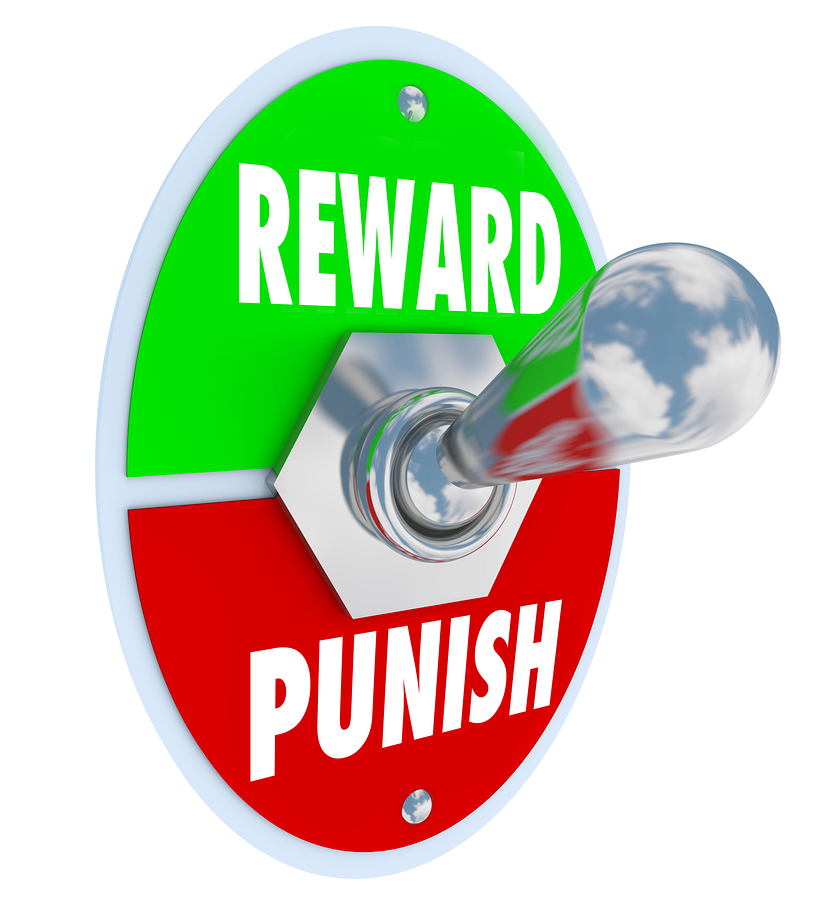Working with children, one of the subjects we are frequently asked about here at Hammond Psychology & Associates, P.A. is discipline. Parents, counselors, teachers and everyone in between often disagree on this subject. Nonetheless, we thought we would offer up our thoughts on the best way to discipline your child or children. To put it in a nut shell, we are strong advocates of positive reinforcement.
What is Positive Reinforcement?
The gist of positive reinforcement is giving children some kind of positive indicator that you are happy with a behavior or action so that they will want to do that behavior or action again in the future.
For example, when your child puts away all of his/her toys without being asked saying things like “Good job” and “I’m so proud of you” are positive reinforcements that let the child know you want them to repeat the action.
Another example would be to give an allowance or toy as a reward for an entire week of good behavior or top marks on a report card at school.
One thing to note is that it is best to offer the positive reinforcement sooner rather than later. The longer the duration before praise or reward occurs the less effective the reinforcement.
What to Do When a Child Acts Out
A lot of research has actually shown that spanking is not as effective as most people think. There are other things that you can do to let a child know that they have done something wrong. For example, if they were told at the beginning of the week they would receive a reward for good behavior but they behaved poorly the result is they no longer receive the promised reward.
The key here is to start early and be consistent. If you are a “softy” and give them their weekly reward even when they didn’t earn it you are sending a clear message to your child that they can get away with negative actions in the future. In other words even when you want to give in, you have to be firm to be a good disciplinarian.

